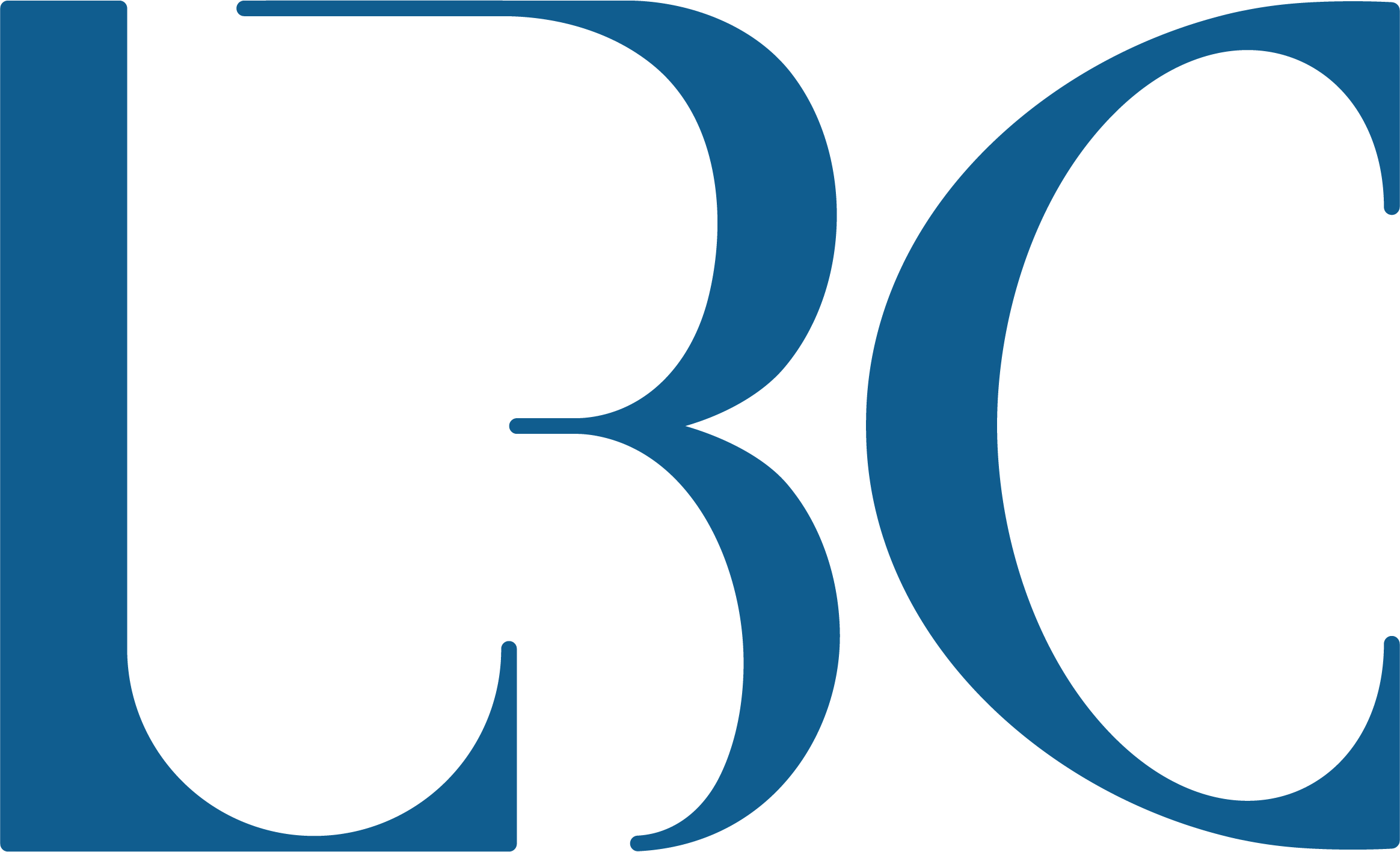The first Kid Eco Fair featured several booths from wildlife groups and recycling groups aiming to teach children environmental awareness.
ASI Recycling Center Coordinator Lee Johnson said the idea for the fair started as between himself and Kenny Laskin, a CSULB alumnus who lived in the community.
“We wanted to do something to help the recycling center,” Johnson said. “And I introduced him to a friend of mine who works for the City of Long Beach Environmental Services Bureau, named Lisa Harris. And the three of us started talking about having a children’s event at the center.”
Lisa Harris, a recycling specialist, met with Johnson and Laskin in December of 2007. Johnson said that idea of a kids’ event expanded into an annual project.
“And [the idea] grew to…instead of just educating them about recycling, let’s educate them about as many environmental things as we can,” Johnson said. “And we came up with the name Kid Eco…And working with ASI Communications, we developed the idea of a superhero…And the theme is ‘Who is Kid Eco?'”
Harris then invited 16 environmental organizations to set up booths for the fair.
“We just got together and said we just wanted to do something for kids in our community and instill environmental awareness and stewardship in children,” Harris said. “[We wanted them to] have the opportunity to touch live animals. We hope that when they leave here today, they [will] be stewards of the Earth.”Some of the groups, such as the Aquarium of the Pacific and the Tide Pool Cruiser, brought water tanks filled with tide pool creatures.
At the Tide Pool Cruiser, Gary Phillips taught children how pollution affects animals in the ocean. Phillips said this pollution consists of litter that goes from the streets to the ocean. One side of his cruiser has a side-view of an underground storm drain leading to the ocean.
“Motor oil, paint, fertilizers and anything that’s in the street winds up in the ocean, especially if there’s a storm or something,” Phillips said. “And that’s why it’s important to keep the streets clean, because it helps keep the ocean clean.”
The South Bay Wildlife Rehab, showed birds from their center, such as the red-tailed hawk and the great horned owl. The booth also had squirrel and coyote skins that had been run over by cars, which the kids were allowed to touch.
Ann Lynch, the founder and director of the South Bay Wildlife Rehab center, has taken in more than 1,100 animals. She said that she wants to teach them that if they take care of the environment, they can preserve animals, such as coyotes and hawks.
“If you don’t respect the environment, you won’t have the wildlife,” Lynch said.
Other groups, such as E-Recycling of California, held presentations to teach children to recycle electronics containing lead and other constituents that could make landfills hazardous. Maureen Crane, a member of E-Recycling, played a game with the kids called “Electronics Recycling Trivia.”
“We have talked to the kids about why they cannot throw electronics in the trash anymore,” Crane said. “We ask them a question. If they get the answer right, they get to throw [a beanbag] at the can. If they get the can, then they get a prize.”
Laskin wants the fair to teach kids that recycling and taking care of the environment is fun, so that they can grow up to be environmentally responsible adults.
“I also hope that they will go home and tell their parents that there’s a recycling center at Cal State [Long Beach]. A lot of people don’t know about it,” Laskin said.










